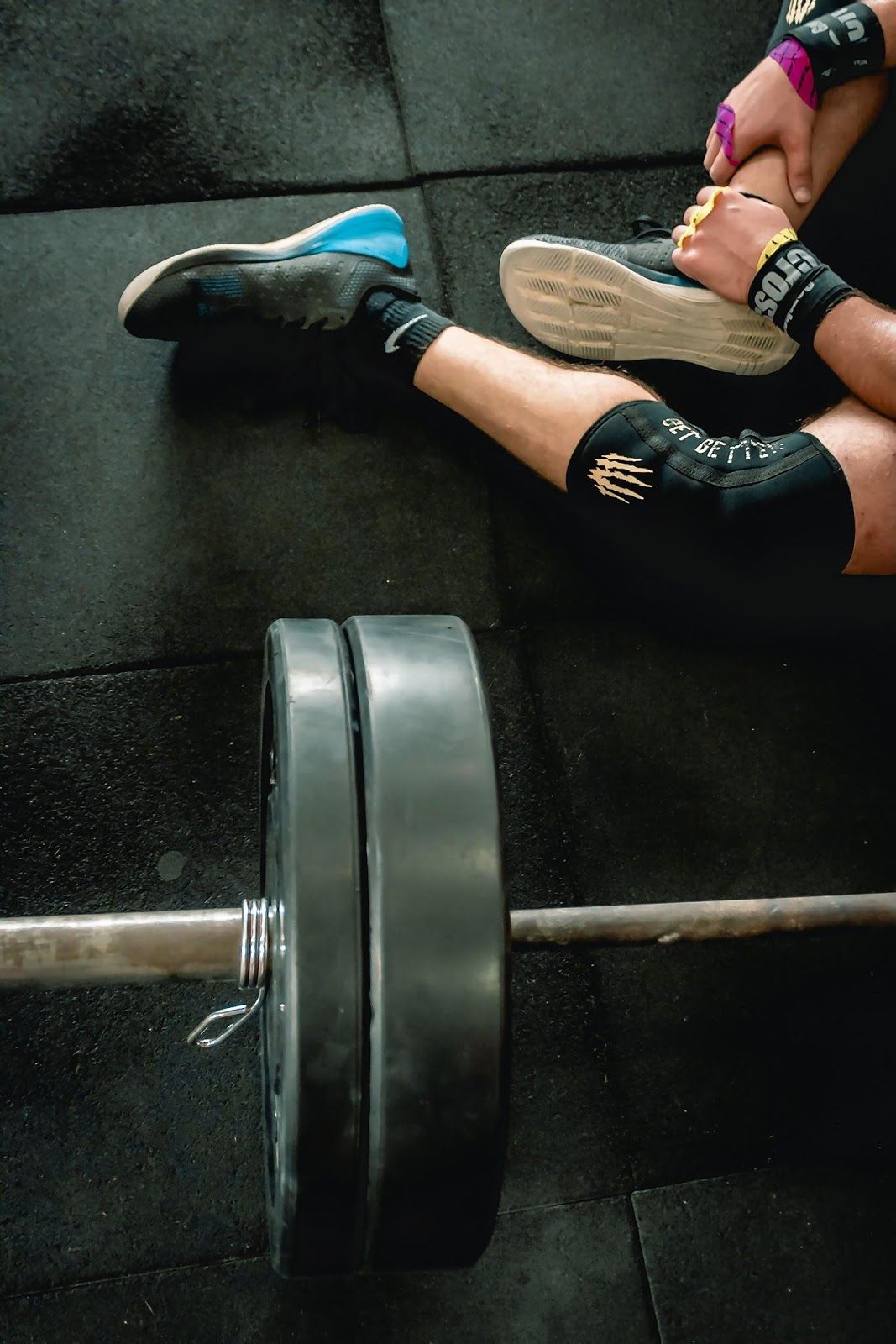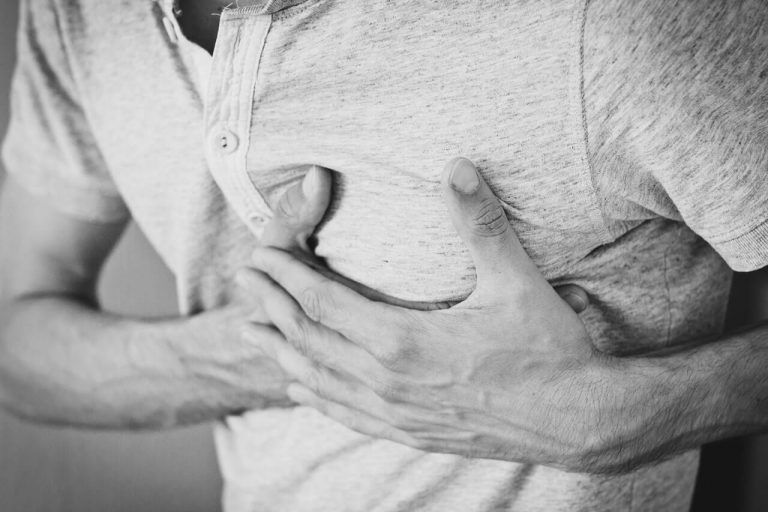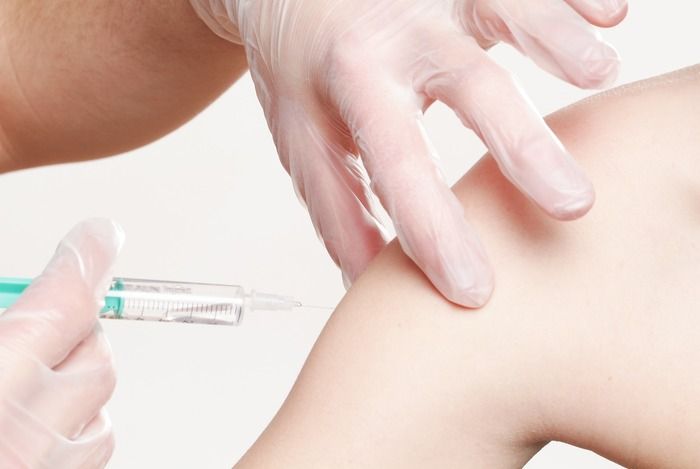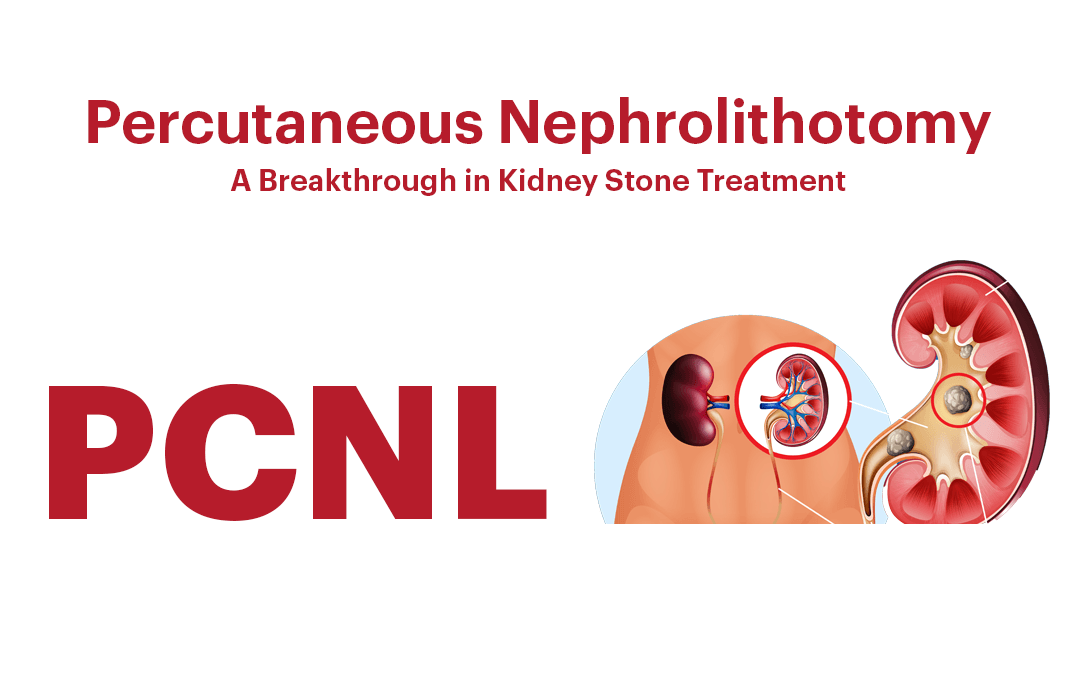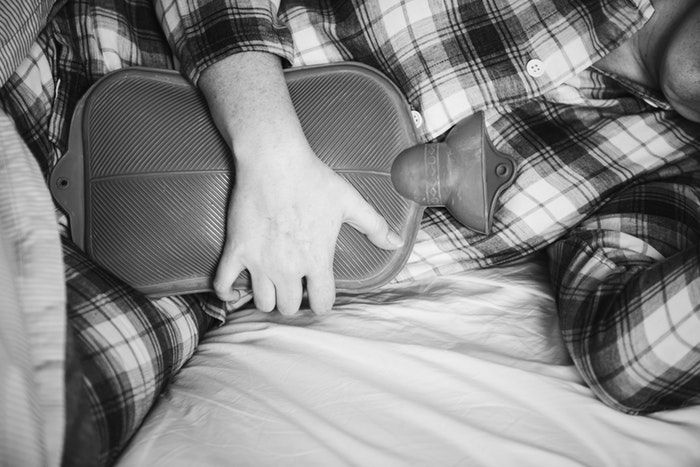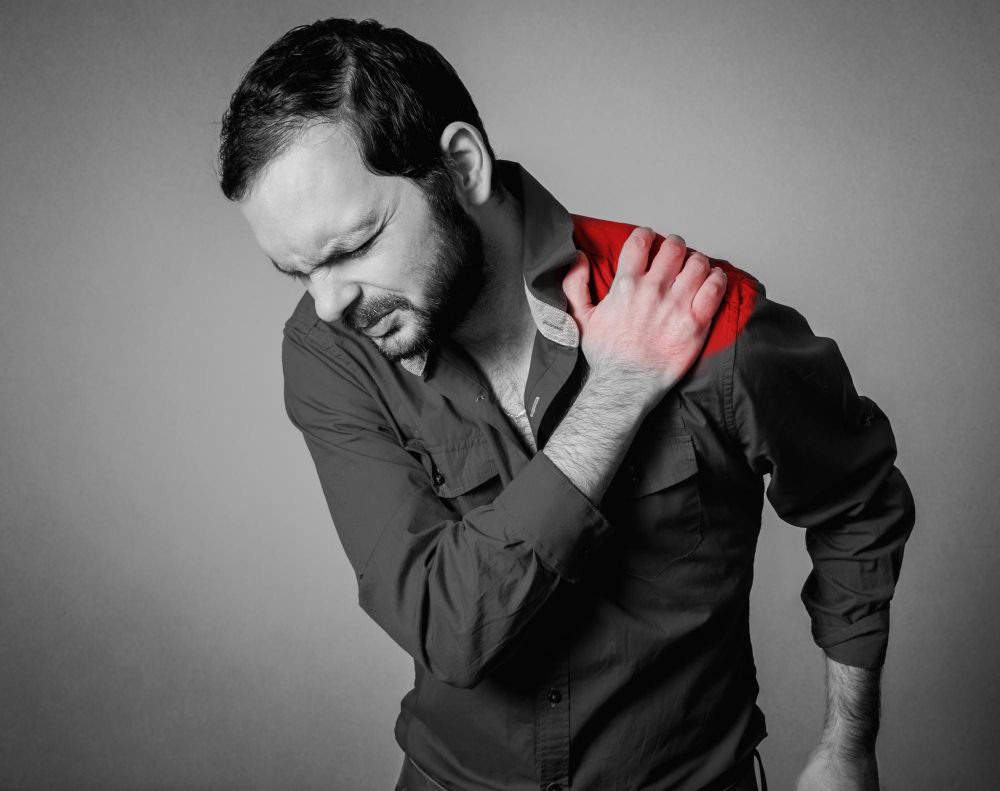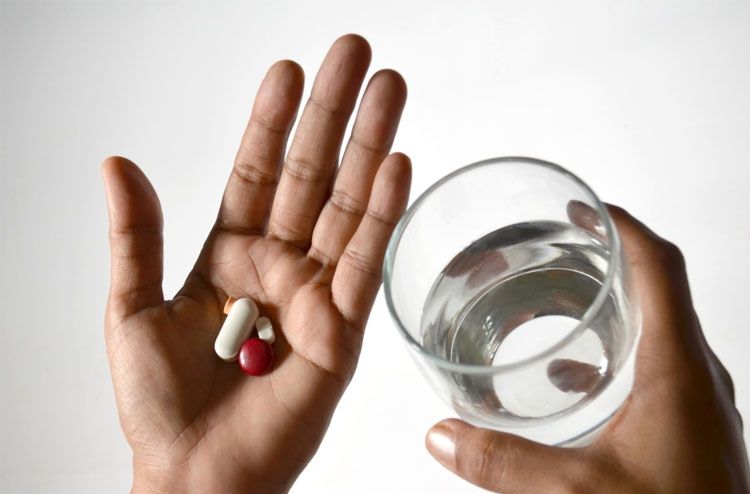How is an Angiography Done?
Blood means life, and anything that restricts the flow of this life-sustaining fluid is bound to create varying degrees of tension in us. Doctors, however, have taken care of this problem too and created a procedure that can detect abnormalities in blood flow without any actual surgery.
Angiography, also known as arteriogram or angiogram is a day procedure that is used to evaluate various vascular conditions existing in the body and producing unclarified symptoms. Angiographies can be used to detect abnormalities in blood vessels including tears leading to internal bleeding, aneurysms leading to weaknesses in the walls of blood vessels or blocks leading to narrowing of blood vessels, to name a few.
Angiographies may also throw up the blood flow pattern of tumors as well as their spread, and guide the treatment regimen. The procedure can also be used to look for changes in blood vessels due to injury, ulcers or peripheral arterial disease. Coronary artery disease and the extent of atherosclerosis can also be determined with this procedure.
Angiography is an X-ray assisted procedure that employs the use of a special dye and fluoroscopic camera to take pictures of the blood flow patterns in the arteries and veins of the part of the body being studied. The procedure identifies abnormalities in the blood vessels and is the same regardless of which part of the body is being studied.
The patient is made to lie on an X-ray table and straps fixed across the chest and legs as the table maybe tilted during the course of the procedure. X-ray cameras move overhead taking images from various angles. An IV line is set up and the patient may be given a mild sedative to help them relax. The IV may also be used to administer other medications or fluids. The ECG as well as blood pressure will be monitored throughout the procedure; a pulse oximeter will also be monitoring blood oxygen levels continuously.
A small incision is made in the groin (femoral artery or vein) or just above the elbow (in the brachial artery or vein) and a thin tube called a catheter is threaded through the vessel and an iodine dye is injected, making the vessels stand out clearly on X-rays. By observing the flow of dye through the vessels, the doctor will be able to identify areas of abnormalities that need further treatment.
Sometimes, during the course of the angiography, further treatment is rendered to the patient; in the case of a coronary angiography, a stent may be placed to open up an artery or in the case of a bleeding, injured vessel, the catheter may be used to deliver medications to stop the bleeding. The whole procedure normally takes about an hour, but can be longer when other treatments are also rendered.
The patient is made to rest in the hospital for 4-6 hours after the procedure for signs of any complications before sending home.
Ten Effective Remedies That You Can Refer to When You Are Suffering from Muscle Cramps
Finally starting off with the gym life can get too overwhelming until you hit those muscle cramps along with the weights.
ICSI(Intra Cytoplasmic Sperm Injection)
Normally during every mid-menstrual period, one of the 2 ovaries releases an ovum. Each ovum is covered by a membrane called follicle,
Pregnancy and Delivery Care
Nothing could possibly compare to the joy of becoming a parent. After nine long months of waiting, the moment you have been waiting for is almost there:
Some Common Causes of Chest Pain
The first thing that jumps into the mind whenever you have some sort of chest pain is heart attack! It’s only human to feel that way
Organic Food Vs GMO Food: What Should You Pick?
There is no doubt that the quality of food we consume is crucial for our good health. And with more people becoming health conscious the d
Importance of Breastfeeding and Vaccinations for Newborns
Going nature’s way is best when it comes to providing nourishment for the apple of your eye – your baby. Breast milk is best for your baby as it
Percutaneous Nephrolithotomy (PCNL): A Breakthrough in Kidney Stone Treatment
Kidney stones, those small, hard mineral deposits that form in the kidneys, can cause excruciating pain and discomfort.
Skin Tags - Benign Tumor or Cancerous Tumor?
Skin tag if observed is a narrow stalk that hangs about your skin, bulging at the end. They are usually freshly colored and can grow anywhere on your body.
3 Ways Vitamin C is Helpful for the Immune System
The water-soluble vitamin, Vitamin C is also known as ascorbic acid. It is helpful in building up the blood vessels, skins, and making bones stronger
4 Signs of Mental Illness
As life has gotten fast and hectic, different health issues have got introduced lately. Not just physical issues,
4 Ways Night-Shifts Can Be Dangerous For Your Menstruation And Ovulation
A good night's sleep is of value for pregnant women. But with strenuous work-hours and shift work, sleep can quite a luxury for all.
Causes Of Infertility in Women
More and more women are putting off pregnancy till well into their 30’s or early 40’s for career reasons; infertility is fast becoming a major heartbreaking issue for such couples.
Do Not Indulge in These 9 Common Dieting Mistakes
Dieting is not just about eating less or starving yourself to meet unrealistic goals. Healthy dieting involves making informed food choices.
Laryngeal Reiinervation Procedure at KIMS Hospital
Mr. K.P 56-year-old business executive from Bangalore underwent a thyroid surgery two years back.
Learn How Stress Affects Your Heart Health
Stress is a frequent side effect of the modern 21st Century lifestyle. We’re always running around to meet deadlines, pay bills we tend to
Lose Weight: The Healthy Way
Almost everyone we know is worried about the way they look. There are several concerns people have, like their complexion
Myths About Bariatric Surgery
Bariatric surgery – be it the gastric bypass and other weight-loss surgeries – involve making changes to your digestive system to help you lose weight.
Non-alcoholic Fatty Liver Disease: Should You be Worried?
A recent study has found that 1 in 5 people in India suffers from liver disorders. Before you blame it on the increased alcohol consumption
Obesity and its Relation to Type 2 Diabetes
Diabetes is a condition that arises when the body doesn’t produce enough insulin,, hence there is excess glucose in the blood
Rotator Cuff Tear
A rotator cuff tear is a rotator cuff injury that can cause shoulder pain and loss of arm function. The rotator cuff is a set of muscles and tendons in your shoulder.
What Happens to Your Body When You Fast?
Fasting has been practised by humans for thousands of years as a way of rejuvenating the mind, body and soul and as a common ritual of many religions from all over the world
Why You Shouldn’t Consume Medicines with Cold Water
There has been a long-raging debate on the temperature of water needed for consuming medications. You won’t find much as in research papers
10 Tasty Delicious Diabetic-Friendly Recipes
Worry about it no more, as a healthy diabetic diet does not have to be bland. Instead, you can enjoy a myriad of flavorful, low-calorie
4 Not So Common Health Problems in Teenagers
The current generation of teenagers have far more access to technology and gadgets than their parents did.
4 Secrets to Adjusting Your Toddler's Sleep Cycle
Most of the parents, some time or the other, may have faced the trouble of making their toddlers sleep at night.
Related Blogs
Ten Effective Remedies That You Can Refer to When You Are Suffering from Muscle Cramps
Finally starting off with the gym life can get too overwhelming until you hit those muscle cramps along with the weights.
ICSI(Intra Cytoplasmic Sperm Injection)
Normally during every mid-menstrual period, one of the 2 ovaries releases an ovum. Each ovum is covered by a membrane called follicle,




